Learning
Eco-Friendly from Start to Finish: Sustainable Approaches to the Entire Product Lifecycle
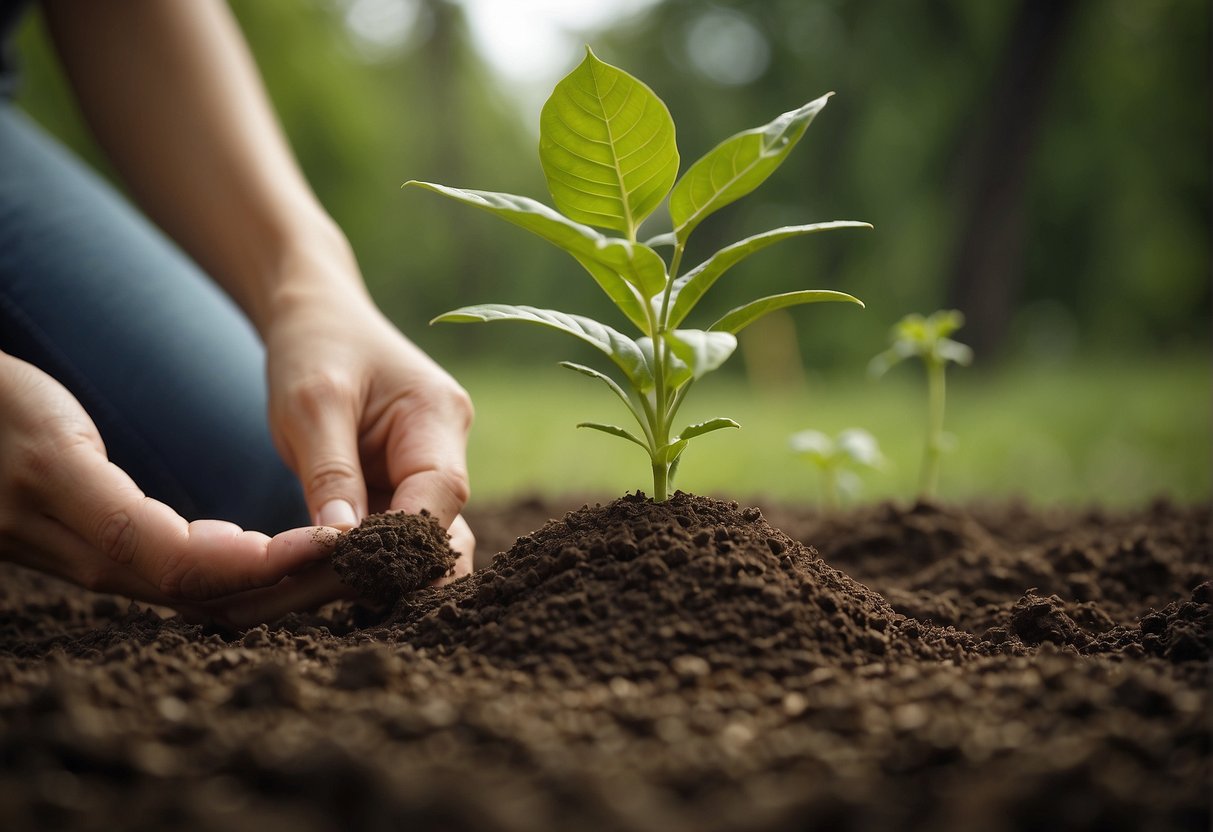
In the face of escalating environmental challenges, companies are increasingly prioritizing eco-friendly approaches across all phases of product lifecycles. This shift is not only a response to rising consumer awareness but also aligns with a broader commitment to sustainable business practices.
At the core of this transformation is the integration of sustainability from the initial design and engineering stages through to end-of-life management. By adopting such comprehensive strategies, businesses are addressing both ecological concerns and resource efficiency.
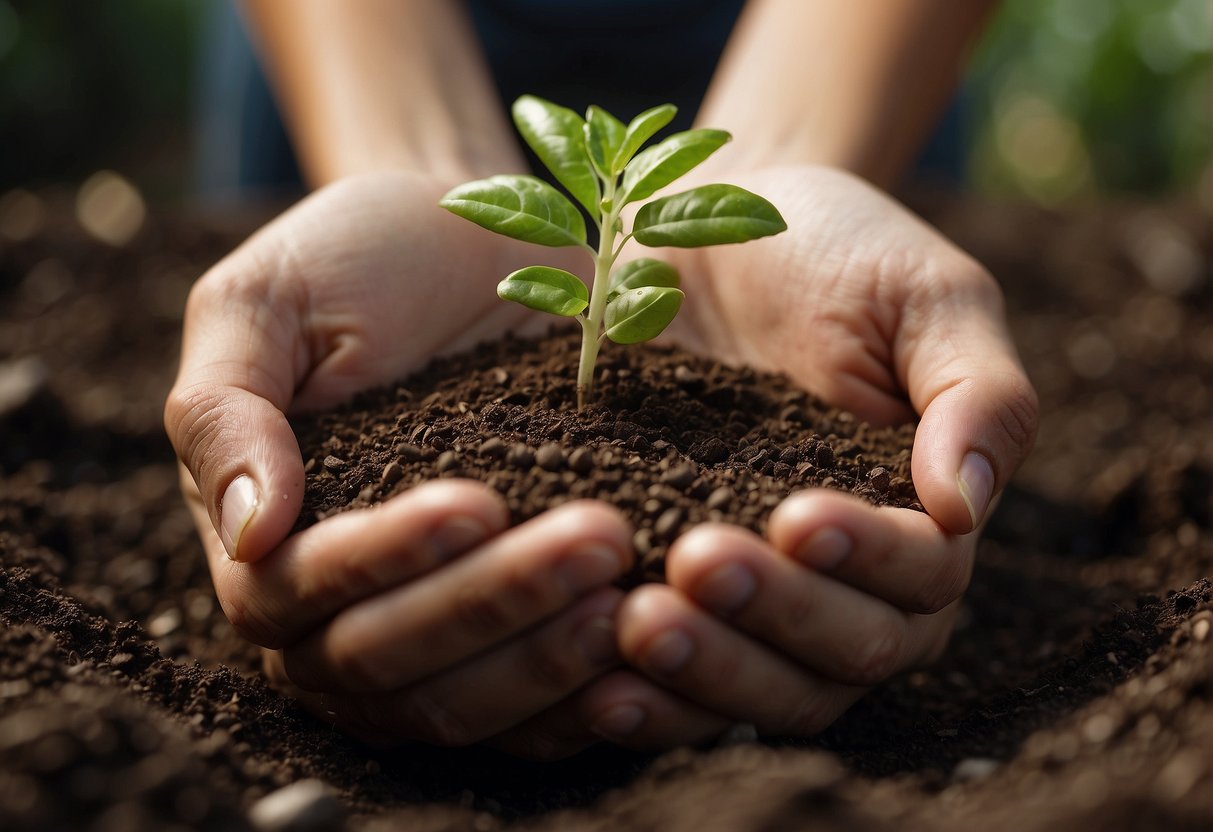
Eco-friendly considerations in product design often involve the selection of materials that minimize environmental impact, the use of renewable resources, and designing for durability and recyclability.
Leading firms are leveraging advanced technologies and innovative platforms to assess and mitigate the ecological footprints of their products. This process involves a meticulous examination of a product’s impact at every stage of its existence, including sourcing, production, consumption, and disposal.
The push towards sustainability is also embracing the concept of the circular economy, where products are designed to have an extended or infinite life within a regenerative, waste-free system.
This approach underlines the importance of eco-design, which encompasses an entire product’s journey. By rethinking the product lifecycle holistically, companies are not just cutting down on waste but are also forging paths towards more sustainable futures.
Sustainable Sourcing

Sustainable sourcing is an essential component of eco-friendly product lifecycles, integrating environmental considerations from the raw material procurement to meeting supplier environmental standards.
Raw Material Procurement
Companies are shifting focus towards materials like green steel, recycled aluminum, and recycled plastic due to their lower emissions intensity compared to conventional materials. It is crucial that these raw materials are procured in a manner that reduces environmental harm while supporting fair labor practices. The use of renewable resources and recycled content forms the foundation of sustainable product design.
Supplier Environmental Standards
Selecting suppliers entails stringent environmental criteria, including carbon footprint, water usage, and ecosystem impact management. Suppliers must adhere to:
- Reduction targets for greenhouse gas emissions
- Sustainable water use practices
- Minimization of negative ecological impacts (e.g., deforestation, soil degradation)
They should also regularly report on their environmental performance to ensure transparency and continuous improvement in sustainability practices.
Eco-Design
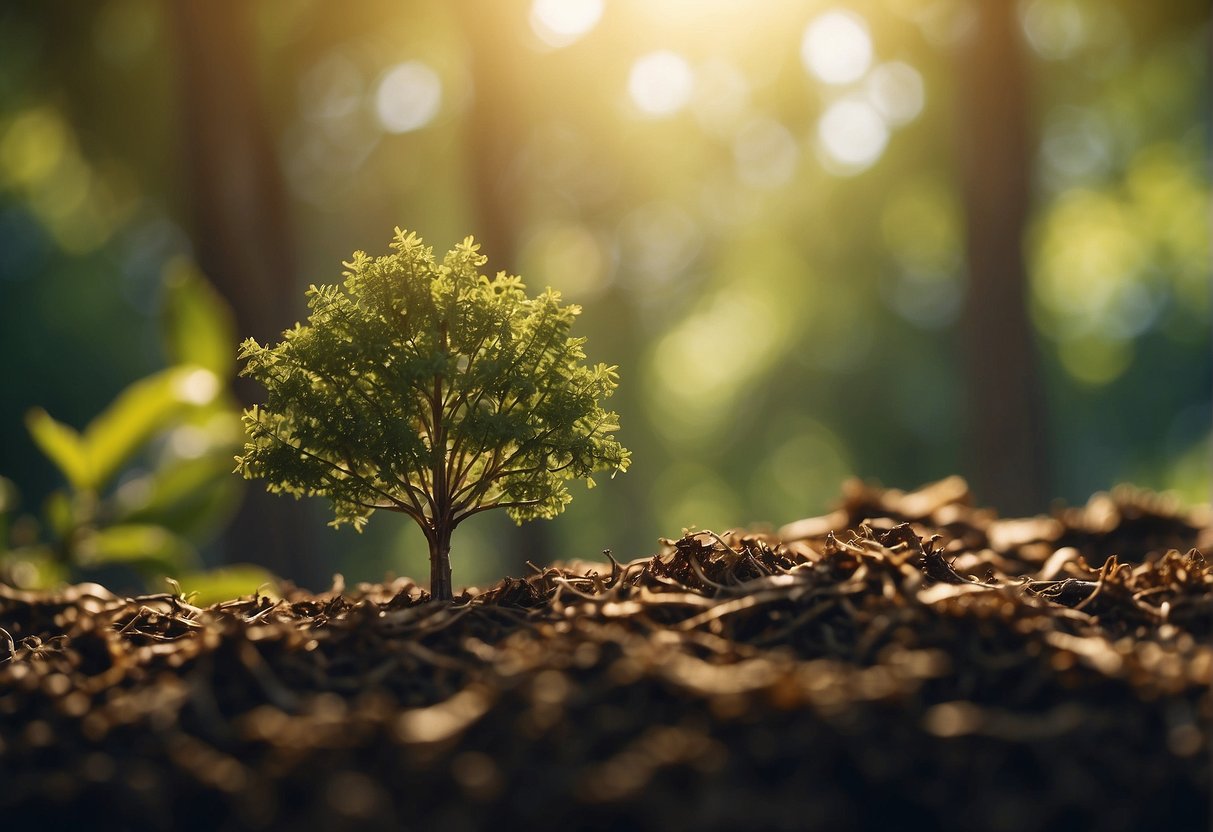
Eco-Design integrates environmental considerations during the product development phase, aiming for minimal ecological impact and contributing to the circular economy.
Energy-Efficient Production
In the realm of eco-design, energy-efficient production is essential. Manufacturers seek to minimize energy consumption throughout the production process, often by investing in advanced manufacturing technologies and renewable energy sources. For example, a company might implement:
- Solar panels or wind turbines to power facilities
- Energy recovery systems to harness heat byproduct
These actions not only reduce the carbon footprint but often lead to cost savings over time.
Material & Product Innovation
An integral part of eco-design involves materials innovation, where designers not only focus on selecting and developing materials that are sustainable without sacrificing functionality but also cater to personalized consumer needs. Sustainable materials commonly used now encompass a wider variety, including:
- Recycled plastics, offering a new life to waste materials in products like custom baby blankets and monogrammed blankets.
- Biodegradable composites, which can be shaped into unique, personalized items such as bed runners, ensuring they contribute minimally to environmental load.
- Natural fibers such as cotton, bamboo, or hemp, preferred for their softness and sustainability, are perfect for creating eco-friendly, personalized blankets that cater to the growing demand for products that are both green and uniquely tailored to individual preferences.
The innovation extends beyond material selection to how products are designed for their end-of-life, ensuring they can be disassembled and the materials either recovered or biodegraded. This approach promotes a closed-loop system, reducing waste and environmental impact. Products like personalized and monogrammed blankets are designed with this ethos in mind, ensuring that even customized items can fit into a sustainable lifecycle, from creation through to disposal.
Sustainable Retail Outlets – Our Favorite In2Green
In2Green stands as a beacon for sustainability within the retail industry, demonstrating that environmental stewardship can harmoniously blend with comfort and style. Renowned for their luxury eco-friendly throws, this retailer prioritizes recycled materials, embracing a circular economy that reuses textile waste.
In2Green’s eco-friendly ethos is evident through their thoughtful use of a 75% recycled cotton and 25% recycled polyester blend or 100% recycled polyester, ensuring durability and comfort. Their 75% recycled cotton and 25% recycled polyester uses approximately 19 recycled water bottles in each throw. Similarly, their 100% recycled polyester uses approximately 78 water bottles in each throw. Each throw is a testament to the brand’s commitment to quality and sustainability, weighing a substantial 4 lbs—an ideal addition for those seeking both warmth and a responsible environmental footprint.
The company’s dedication to sustainable practices extends beyond products, identifying as a woman-owned enterprise and frequently collaborating with women artisans and upcycling experts. This commitment is reflected in their diverse product range, including ponchos sourced from deadstock fabric.
Customers celebrate In2Green for the customizable luxury options available, such as personalizing baby blankets or crafting unique corporate gifts. This flexibility allows for a more intimate and eco-conscious consumer experience, encouraging creativity and individual expression.
In2Green’s sustainability journey is ongoing, consistently reevaluating and striving for higher environmental standards. Their story and products have garnered attention in the press, confirming that their eco-friendly initiatives resonate within the retail domain and beyond.
For those looking to immerse in sustainable luxury, discovering In2Green’s premium wool throw collection can elevate any living space while aligning with green values. To explore their collection of organic and eco-friendly products, visit In2Green’s website.
Manufacturing Efficiency
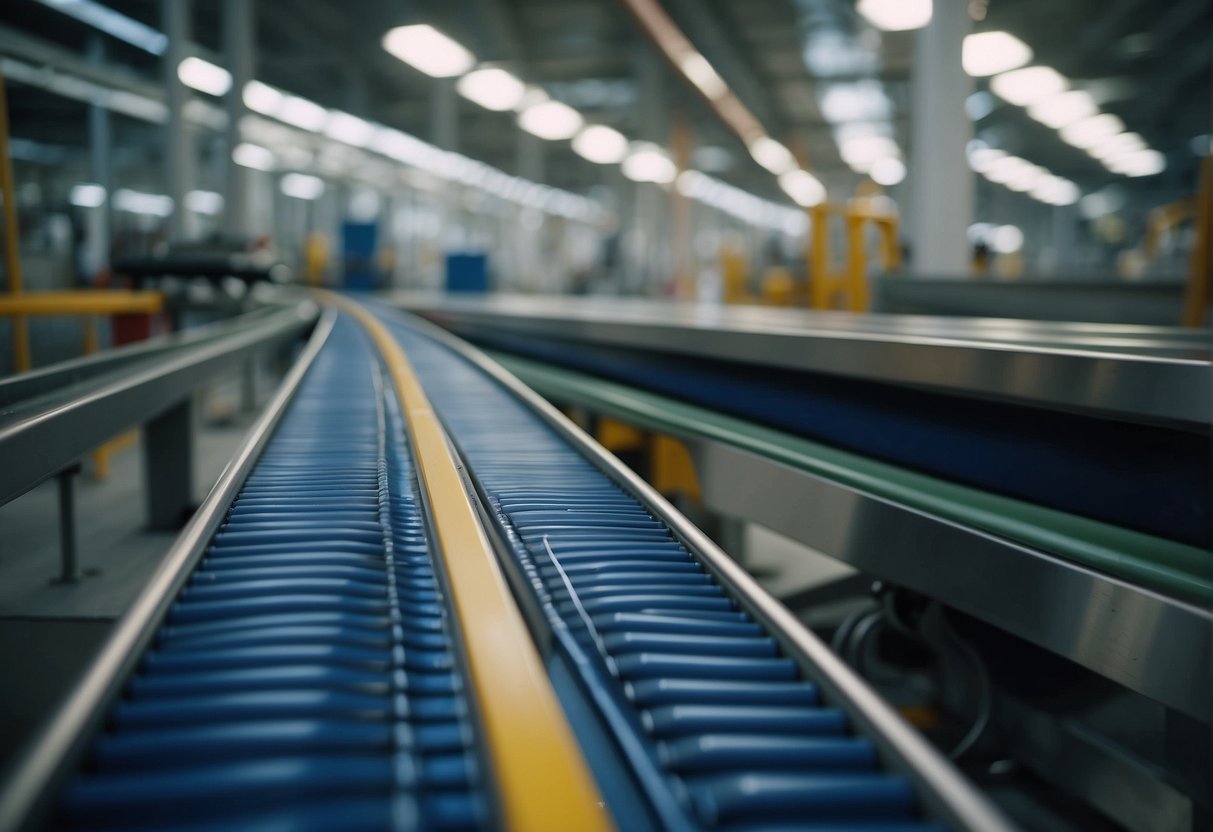
In the realm of eco-friendly product lifecycle, manufacturing efficiency hinges on the shrewd utilization of resources and the adoption of renewable energy. These efforts are geared toward reducing the environmental impact and enhancing economic viability.
Waste Reduction Strategies
Optimization of Material Use: Manufacturers employ precise inventory tracking and advanced forecasting to minimize overproduction and scrap waste. Execution of lean manufacturing techniques also plays a pivotal role in reducing excessive use of materials and resources.
- Use of recyclable or biodegradable materials
- Implementation of closed-loop systems to recycle scrap and by-products
Enhanced Process Efficiency: The integration of state-of-the-art technologies such as automation and robotics leads to more consistent production processes with reduced material waste.
- Adoption of 3D printing to produce complex parts without excessive material
- Continuous improvement methodologies, like Six Sigma, to streamline operations
Renewable Energy Integration
Adoption of Sustainable Power Sources: Factories are increasingly turning to solar, wind, and hydroelectric power to operate their machinery, effectively curbing carbon emissions.
- Installation of solar panels on plant roofs
- Purchase of renewable energy credits or direct investment in off-site renewable projects
Energy-Efficient Technologies: The upgrade to energy-saving equipment such as LED lighting and high-efficiency motors not only reduces power consumption but also trims operational costs.
- Retrofitting existing machinery with more efficient components
- Regular maintenance schedules to ensure machinery operates at peak efficiency
Packaging and Distribution
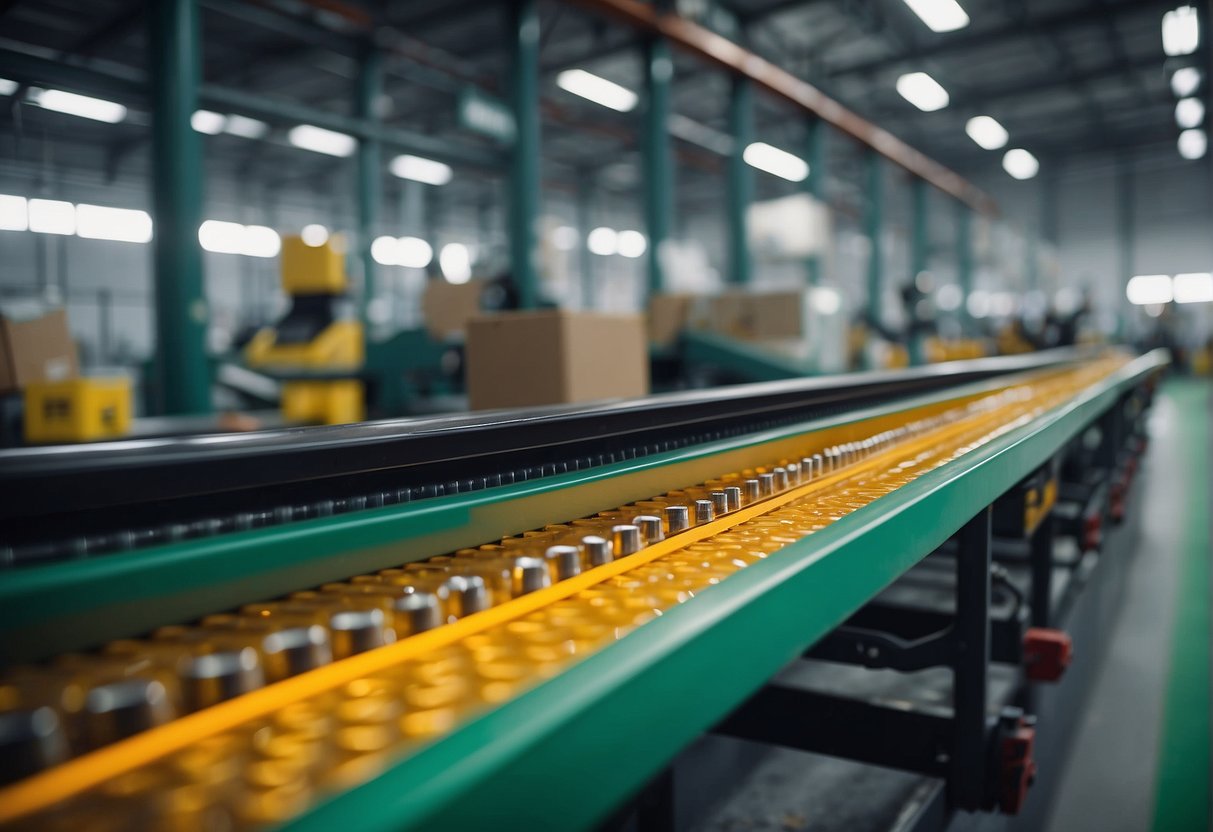
In rethinking the product lifecycle, packaging and distribution play critical roles in minimizing environmental impact. Focusing on biodegradable packaging materials and low-impact transportation options can significantly reduce the carbon footprint of products from the outset.
Biodegradable Packaging
Biodegradable packaging solutions are central to reducing waste in the product lifecycle. Innovations in this area include bio-based plastics, made from renewable resources such as cornstarch and sugarcane, which decompose naturally and thereby diminish landfill volume. Moreover, companies are striving to reduce packaging altogether, cutting down excess materials and redesigning packing to eliminate the need for secondary and tertiary layers.
Low-Impact Transportation
The choice of transportation has substantial environmental repercussions. Goods are often distributed using modes of transport that have varying degrees of carbon emissions associated with them. Companies committed to sustainability are increasingly considering low-emission vehicles and optimizing logistics to reduce trips. Examples include:
- Use of electric or hybrid vehicles for local deliveries.
- Utilization of rail transport over trucking, which is generally more fuel-efficient per ton-mile.
- Implementing advanced logistics software to optimize routing and reduce unnecessary travel.
By implementing changes in both packaging and distribution, companies can enhance their overall sustainability, align themselves with regulatory expectations, and meet consumer demand for greener products.
End-of-Life Management
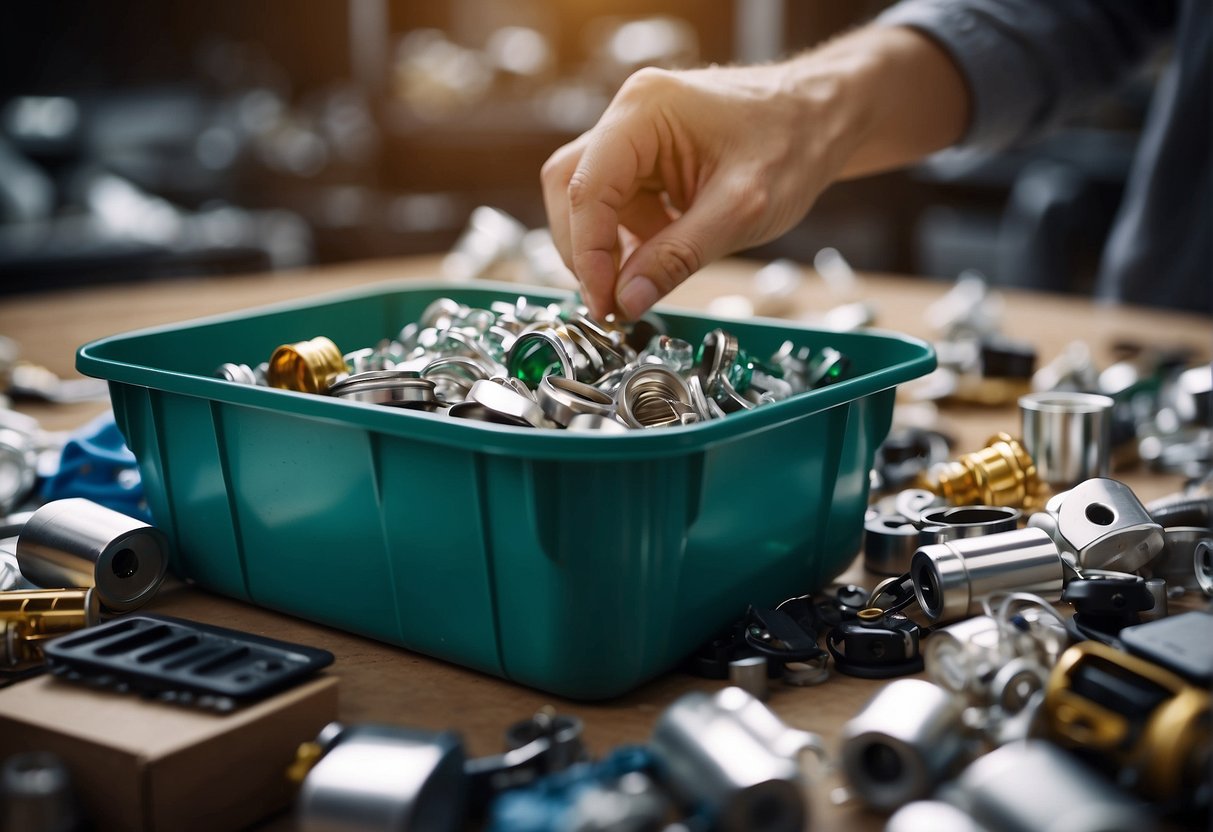
End-of-life management is integral for reducing environmental impacts. Strategically, it involves two key approaches: developing robust recycling programs and encouraging upcycling and repurposing of products.
Recycling Programs
Recycling programs are essential for diverting waste from landfills and reclaiming valuable materials. Companies must design products with recyclability in mind, ensuring materials can be effectively separated and processed.
- Materials Identification: Products should have clear labeling to identify recyclable components.
- Collection Systems: Efficient collection mechanisms are necessary to gather end-of-life products.
- Processing Facilities: Investment in facilities that can handle the recycling of complex materials is crucial.
Upcycling and Repurposing
Upcycling and repurposing add value to used products, extending their lifespan and reducing waste. This requires creativity and a robust market for transformed goods.
- Design for Disassembly: Products designed for easy disassembly allow parts to be upcycled or repurposed with minimal effort.
- Community Engagement: Initiatives that involve local communities can increase awareness and participation in upcycling efforts.
By focusing on these structured approaches, businesses can lead the charge towards a more sustainable future through conscientious end-of-life management.
Regulations and Certifications

Regulations and certifications are pivotal in shaping eco-friendly products from conception to completion. They ensure that environmental standards are met or exceeded throughout a product’s lifecycle.
Environmental Compliance
Environmental compliance refers to adherence to laws, regulations, and guidelines aimed at protecting the environment. For businesses, this often translates into observing regulations such as:
- Emissions standards: Limiting pollutants released into the atmosphere.
- Waste management protocols: Dictating the handling and disposal of solid and hazardous waste.
- Resource conservation requirements: Enforcing the efficient use of energy and raw materials.
Certification Standards
Certification standards facilitate the identification of products that meet specific eco-friendly criteria. Some notable sustainability certifications include:
- UL Solutions: A leader in developing over 100 sustainability standards that authenticate a product’s sustainability claims.
- EPA Guidelines: Recommendations prefer multi-attribute or life-cycle based standards that address significant environmental impact areas with third-party certification programs attesting product conformance.
- Oeko-Tex Certification: Used around the world for labeling textiles tested for harmful substances
- Global Recycled Standard: Ensures that recycled products are processed in a more climate-friendly way
These certifications are not only marks of commitment to environmental stewardship but also support consumer trust in sustainable products.
Corporate Social Responsibility
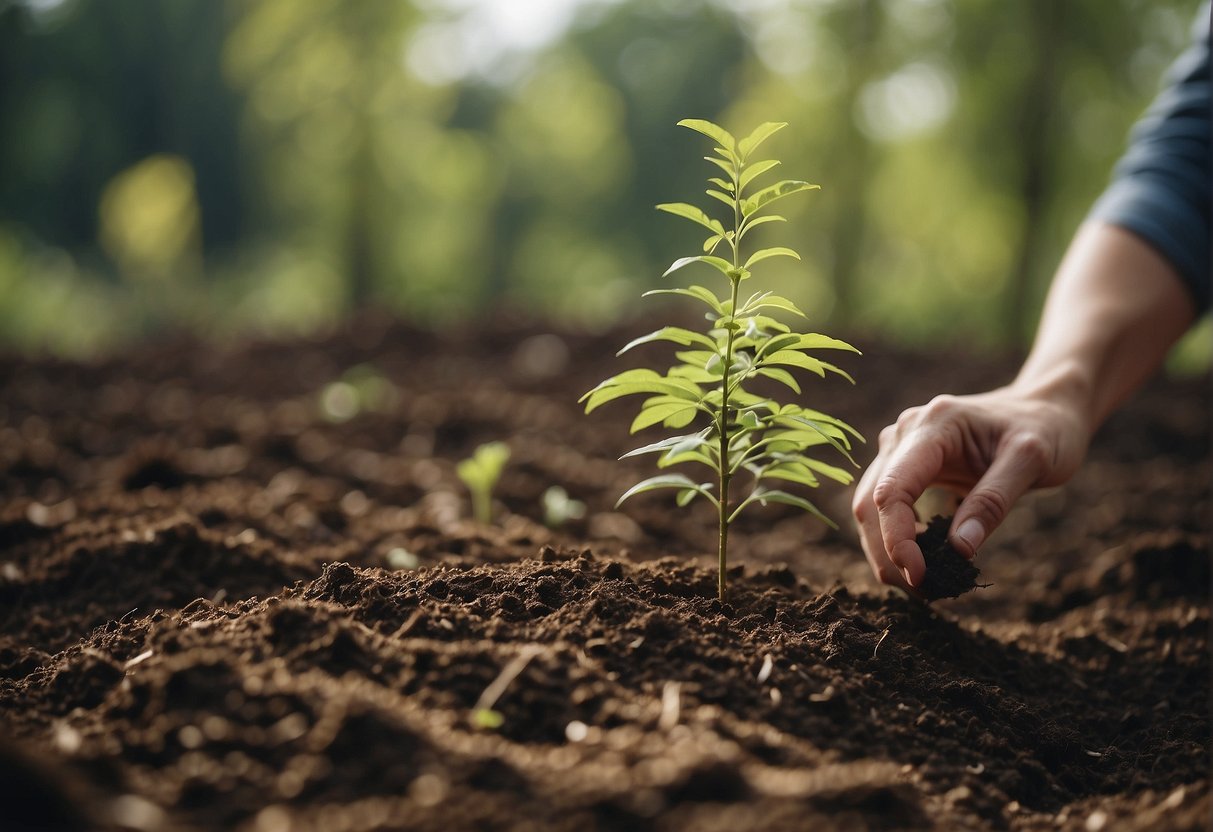
Corporate Social Responsibility (CSR) is a self-regulating business model that helps a company be socially accountable to itself, its stakeholders, and the public. By practicing CSR, a company can be conscious of the kind of impact it is having on all aspects of society, including economic, social, and environmental.
In the context of product lifecycle, CSR prioritizes ethical practices throughout a product’s creation, distribution, and disposal. Companies engage in CSR by:
- Sourcing materials responsibly: Companies ensure their materials are obtained in ways that do not harm the environment, respecting labor rights, and minimizing carbon footprint.
- Employing fair labor practices: Companies invest in fair treatment of workers throughout the supply chain, providing safe working conditions and fair wages.
- Reducing waste: Strategies include:
- Designing for recyclability or biodegradability
- Implementing take-back or recycling programs
CSR is not a static, tick-box exercise but an ongoing commitment to positive change. The adoption of CSR represents a shift in corporate values, aligning business strategy with social and environmental well-being.
With a foundation built on CSR, companies can transition seamlessly to a more focused Environmental, Social, and Governance (ESG) framework, where sustainability goals are more measurable and integrated into core operations.
In summary, CSR is the starting point for businesses looking to contribute to a sustainable future. It incorporates a range of strategies that collectively improve the product’s environmental footprint and bolster sustainable growth.
Innovation and Future Trends
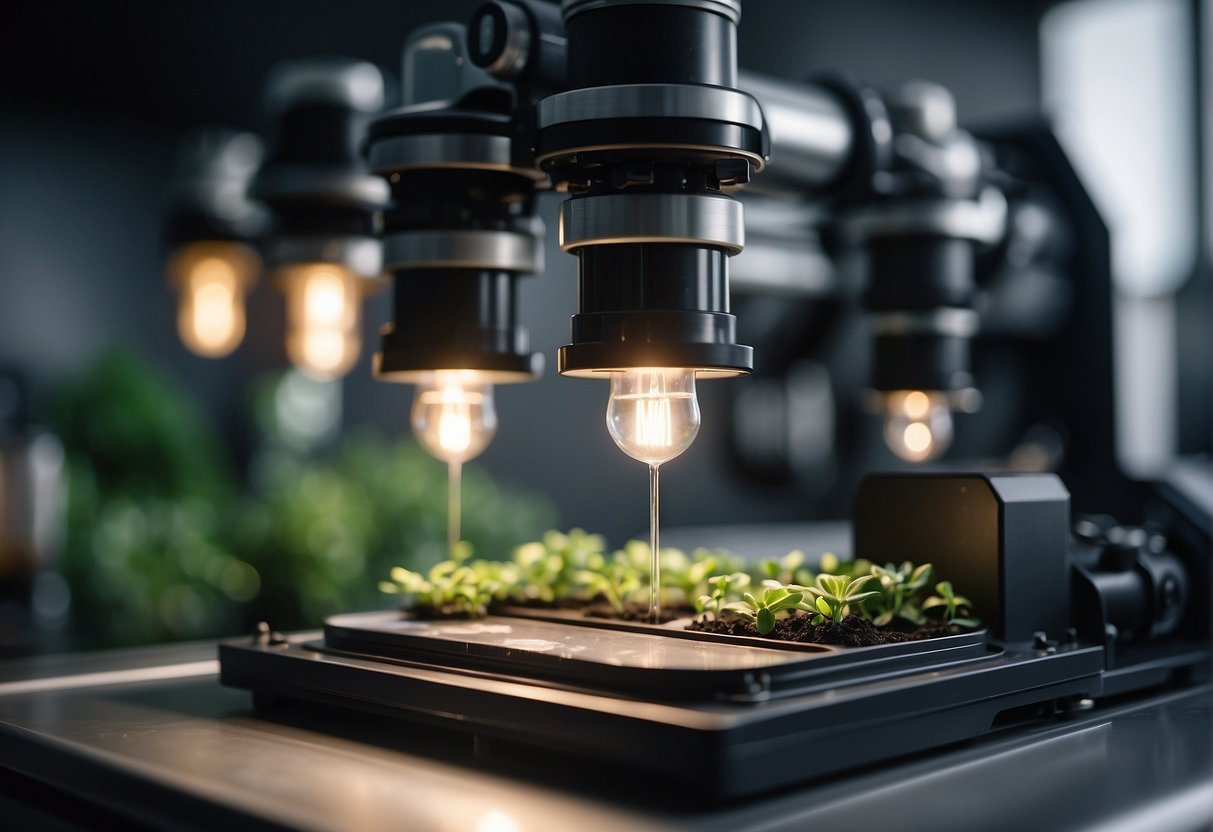
In the realm of sustainability, innovation is key in transforming the product lifecycle. Biophilic design is emerging as a significant trend, integrating natural elements into products to enhance connectivity to the natural environment. This approach is not only aesthetic but also improves well-being and is environmentally friendly.
Sustainable technology is evolving swiftly, focusing on renewable energy sources and resource efficiency. It encompasses innovations in reducing carbon footprints and minimizing waste. As 2024 unfolds, green tech advancements are set to become more pronounced, with the United Nations’ Sustainable Development Goals (SDGs) providing a clear direction for such developments.
Eco-friendly production methods are being scrutinized more than ever. Businesses are measuring CO2 emissions across the value chain and rethinking the use of natural resources. This includes efforts to reduce materials depleted during sourcing and water used in production processes.
Advancements in AI and 3D technology are also playing a pivotal role. AI enhances user experience (UX) and user interface (UI) design, leading to smarter, more efficient product interactions. Meanwhile, immersive 3D design aids in visualizing and prototyping sustainable product solutions without the waste of physical resources.
| Trend | Description |
|---|---|
| Biophilic Design | Incorporation of natural elements |
| Sustainable Technology | Innovations for reduced carbon impact |
| Eco-friendly Production | CO2 emission measurement |
| AI and 3D Tech | Enhanced UX/UI; efficient prototyping |
These innovations are forging paths toward net-zero targets and shaping a future where products are environmentally considerate through every stage of their lifecycle.
SEE ALSO: AssignmentMaster: Beyond Studies: 6 Activities to Enrich Your Inner Self
Learning
First-Time Buyer’s Guide to the UK Property Market

Entering the UK property market as a first-time buyer can feel both exciting and daunting. The process is filled with potential pitfalls and complex decisions, but with the right guidance, it can be navigated smoothly. The estate agents in Yorkshire demystify the journey from the initial decision to buy a home to the moment you step over the threshold of your new property.
Understanding Your Financial Position
The first and perhaps most crucial step in the home-buying process is understanding your financial situation. This includes assessing your savings, income, and current debts. Here’s how you can prepare:
1. Deposit: Generally, you’ll need at least 5% of the property price as a deposit, though aiming for 10% or more can provide better mortgage rates.
2. Income and Expenses: Use a budget planner to assess your monthly income against your expenses. This will help you understand how much you can afford in monthly mortgage repayments.
3. Credit Score: Lenders will evaluate your credit score to determine your mortgage eligibility. So it’s important to have a good credit score, and you should work on it if required.
4. Mortgage Options: Speak to a mortgage advisor to understand different types of mortgages, such as fixed-rate, variable-rate, and help-to-buy schemes.
Getting a Mortgage Agreement in Principle
A Mortgage Agreement in Principle (AIP) is a statement from a lender indicating how much they’ll likely lend you. You will be a more attractive buyer with an AIP as it shows sellers you’re serious and financially prepared.
Deciding What You Want
Before you start viewing properties, it’s essential to know what you’re looking for. Consider the following factors:
1. Location: Proximity to work, schools, public transport, and amenities are key. Research neighbourhoods to find the best fit for your lifestyle.
2. Property Type: Decide whether you want a flat, terraced house, semi-detached, or detached property. Each has its pros and cons.
3. Must-Haves: Make a list of non-negotiables, such as the number of bedrooms, garden size, and parking facilities.
4. Future Proofing: Consider your future needs. Are you planning to start a family? Do you need space for a home office?
Starting the Property Search
With a clear idea of what you’re looking for, you can begin your property search. Here are some tips:
1. Use Online Portals: Websites like Rightmove, Zoopla, and OnTheMarket are excellent starting points. Set up alerts to get notified of new listings that meet your criteria.
2. Visit Estate Agents: Register with local estate agents who can provide insights into the market and inform you of new properties before they’re listed online.
3. Attend Viewings: Don’t rush this part. Visit several properties to get a feel for what’s available in your price range.
Making an Offer
Once you find a property you love, it’s time to make an offer. Here’s how to approach it:
1. Research: Check the selling prices of similar properties in the area to gauge a fair offer.
2. Negotiate: Don’t be afraid to negotiate. The starting point is most usually the asking price.
3. Conditions: You might include conditions in your offer, such as the inclusion of certain fixtures or a specific moving date.
The Legal Process
If your offer is accepted, the legal process begins. You’ll need a solicitor or licensed conveyancer to handle the legalities. Here’s what to expect:
1. Conveyancing: This is the legal transfer of property ownership. Your solicitor will handle this, including conducting searches, dealing with the Land Registry, and transferring the funds.
2. Surveys and Inspections: Arrange for a property survey to check for structural issues. There are different types of surveys, from basic condition reports to full structural surveys.
3. Mortgage Finalisation: Once the survey is complete and satisfactory, your mortgage can be finalised.
4. Exchange of Contracts: This is when the sale becomes legally binding. You’ll pay your deposit at this stage.
5. Completion: On the agreed completion date, the remaining money is transferred, and you receive the keys to your new home.
Moving In
Moving day can be hectic, but planning can ease the stress:
1. Hire a Removal Company: Book a reliable removal company well in advance. Discover the best deals by getting quotes from multiple companies.
2. Pack Strategically: Label your boxes by room and keep essential items accessible.
3. Notify Utilities and Change Address: Inform your utility providers of your move date and update your address with banks, the DVLA, and other important institutions.
Settling In
Get settled. Introduce yourself to the neighbours, familiarise yourself with the local area, and really start to make the place your own.
Here are a few final tips:
1. Safety Checks: Make sure that your smoke alarms and carbon monoxide detectors are working, and make sure that you know where the gas and electricity meters are located.
2. Maintenance Plan: Keep a record of the smooth functioning of your new home with a maintenance schedule, complete with regular checks and seasonal tasks.
3. Personal Touches: Add personal touches to make the space feel like home. This can be from putting up family photos or redoing the decoration in your rooms.
Conclusion
Buying your very first home in the UK is most definitely a milestone, difficult and full of challenges but rewarding in the end. Such a philosophy guides you in understanding finances and knowing what you want to achieve from detailed research, and seeking professional advice that confidently helps you navigate the property market. Yes, the journey may have its hurdles, but in the end—owning your own home—the reward will be worth the effort. Welcome to your new chapter!
SEE ALSO: Conquer the Chaos: Hacks to Clean Your Home in Half the Time
Learning
5 Health Benefits of Regular Pedicures

There’s nothing quite like a pedicure to keep your feet looking and feeling their best, but did you know that pedicures do more than simply enhance the appearance of your feet? Many people don’t realize that regular pedicures can come with a wide range of health benefits that can promote the well-being of your feet, so here are some ways that your routine pedicure keeps both your toenails and feet in the best condition possible!
Smoother Skin
One of the biggest misconceptions about pedicures is that they only cater to and look after your toenails. While you’ll definitely be leaving each session with a fresh coat of nail polish, your pedicure can also do wonders for the health of your skin. Aside from trimming and shaping your nails and cuticles, you’ll notice that your nail technician also dedicates a few steps to the skin of your feet.
After inspecting your feet and looking for any issues or imperfections that may need to be addressed, your technician will work on an exfoliating scrub to remove any dead skin cells. This step may also be aided by a foot file, which can be used to buff away any calluses and other problem areas manually.
Softer Skin
After your nail technician addresses all the problem areas of your feet and removes any unwanted dead skin cells, he or she will often massage in a moisturizing product, such as lotion, cream, or butter, to ensure that your skin is properly moisturized. These products contain skin-loving ingredients that will ensure that your feet have everything they need to look and feel their best so that you can walk out of your pedicure with a renewed sense of confidence.
Healthier Nails
After your pedicure session, your nails will not only look better due to the fresh coat of nail polish, but they’ll also be healthier and stronger. This is because your nail technician takes their time to ensure that your nails are properly looked after through steps that include deep cleaning, nail trimming, nail filing, and cuticle care. All of these things work together to prevent issues like ingrown nails from occurring, all the while improving the appearance of your nails.
Increased Blood Circulation
While the specific steps included in your pedicure will depend on the beauty salon, most pedicures will have a massage step somewhere in the mix. One of the often overlooked benefits of these massages is the increased blood circulation, which can deliver more nutrients and oxygen to your feet and nails, promoting their health and appearance. Aside from that, better blood flow means reduced tension and soreness, as well as better distributed heat throughout your body.
Reduced Infections
A significant amount of dirt and bacteria can build up on your feet without you even realizing it, but pedicures can be a great way to prevent these from happening in the first place. The exfoliation step of a pedicure removes dead skin cells as well as all the debris that may have accumulated underneath, and the deep cleaning of your toenails and cuticles also gets rid of any impurities that may have slipped beneath them, which can stop infections from happening.
These are some of the many health benefits that you can look forward to at your next pedicure appointment. However, it’s worth noting that you need to book regular sessions to truly reap all the rewards. This can be difficult, especially when you don’t feel like driving to your nearest nail salon after a long day, but the good news is that you can enjoy the salon experience in the comfort of your own home with a home pedicure service.
Learning
Commercial Boiler Installation Services London
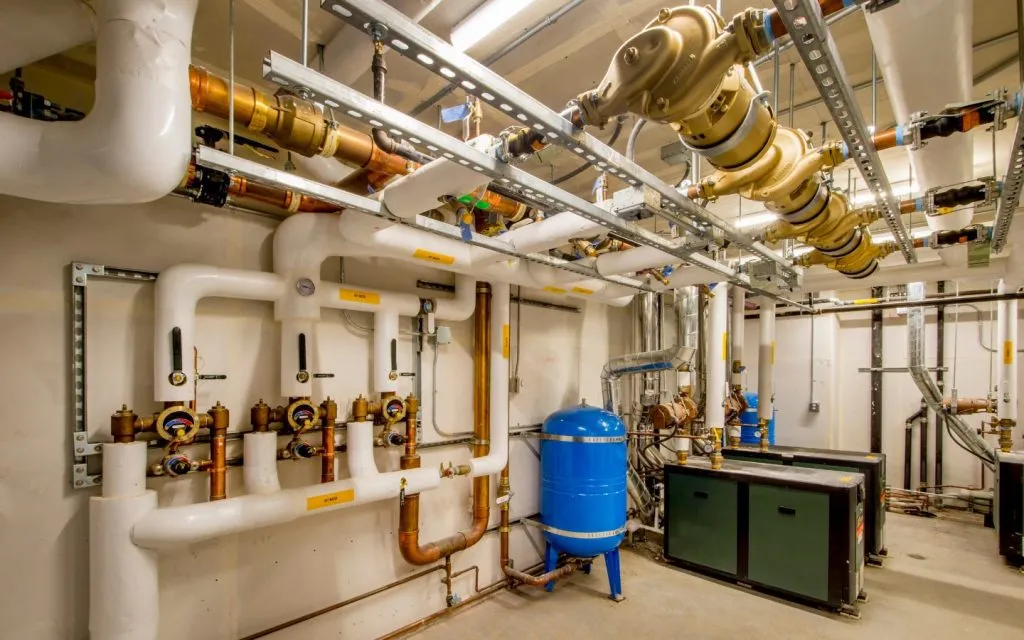
For businesses in the bustling city of London, having a reliable heating system is crucial. Whether you’re opening a new office, expanding your current premises, or simply upgrading an outdated system, commercial boiler installation services for businesses in London are essential to ensure your operations run smoothly and efficiently. Proper installation and maintenance of commercial boilers can make a significant difference in energy efficiency, cost savings, and the overall comfort of your workspace.
The Importance of Professional Installation
When it comes to installing a commercial boiler, professional expertise is paramount. Here’s why:
- Efficiency and Performance: Professional installation ensures that your boiler operates at peak efficiency, reducing energy consumption and lowering utility bills. A well-installed boiler can effectively meet the heating demands of your business without unnecessary energy waste.
- Safety: Commercial boilers are complex systems that require precise installation to operate safely. Professional installers adhere to stringent safety standards and regulations, minimizing the risk of accidents and ensuring the safety of your employees and premises.
- Compliance with Regulations: Commercial properties are subject to various building codes and regulations. Professional installers are well-versed in these requirements and ensure that your boiler system complies with all local laws and standards.
- Longevity and Reliability: Proper installation is critical to the longevity and reliability of your boiler. A professional installation can prevent common issues such as leaks, pressure problems, and system failures, ensuring that your boiler runs smoothly for years to come.
Key Considerations for Commercial Boiler Installation
When planning for a commercial boiler installation, several factors need to be considered:
- Type of Boiler: The type of boiler you choose will depend on your business’s specific needs. Options include gas boilers, oil boilers, and electric boilers, each with its own set of advantages. Consulting with a professional can help you determine the best choice for your business.
- Sizing and Capacity: The boiler’s size and capacity must match the heating demands of your commercial space. An undersized boiler will struggle to meet your needs, while an oversized one will lead to inefficiencies and higher costs.
- Location: The placement of your boiler affects its efficiency and accessibility for maintenance. Professional installers can help you choose the optimal location for your boiler.
- Integration with Existing Systems: If you’re upgrading or replacing an existing boiler, it’s essential to ensure compatibility with your current heating system. Professional installers can seamlessly integrate the new boiler with your existing setup.
Choosing the Right Installation Service
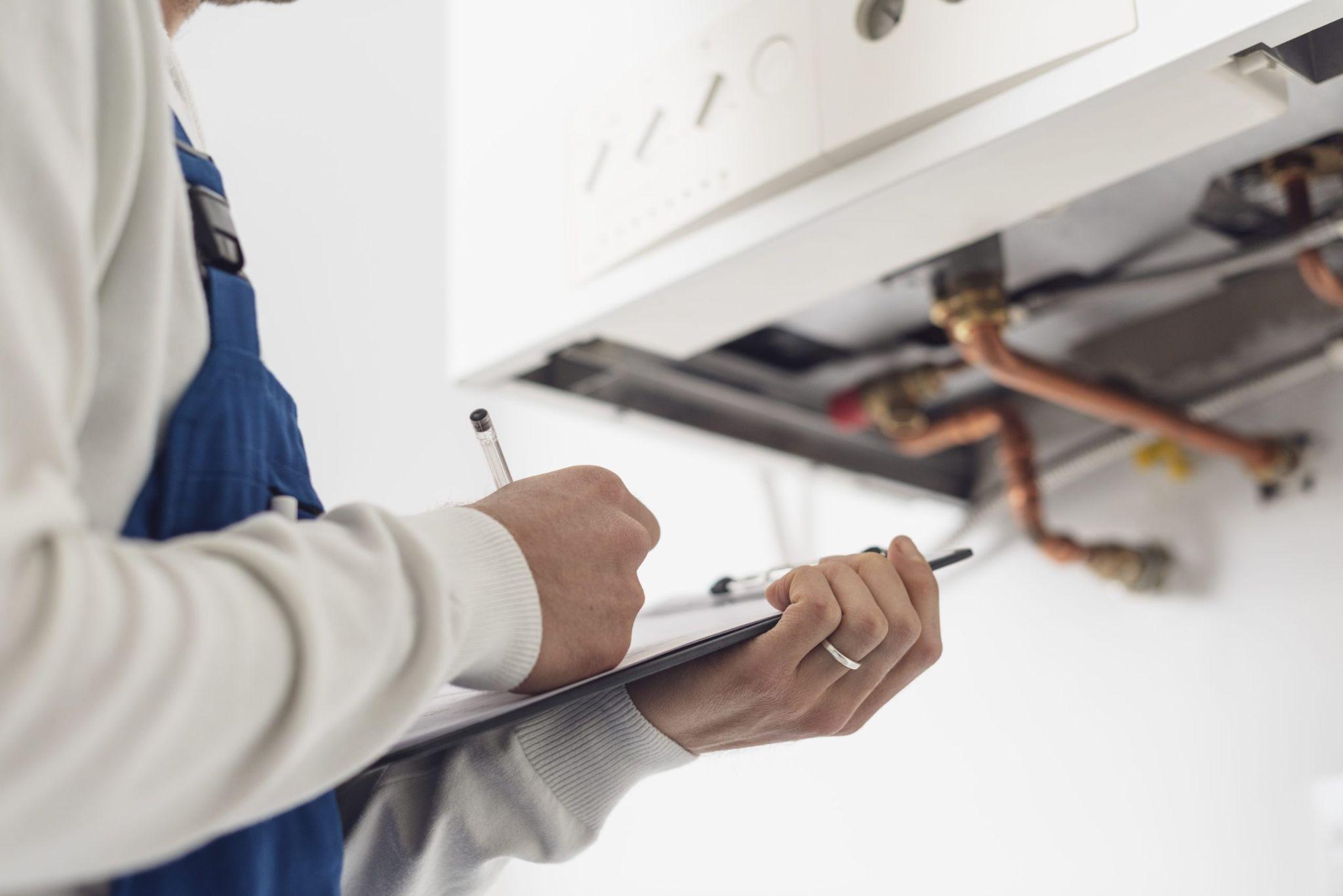
Selecting the right installation service provider is crucial to the success of your boiler installation project. Consider the following when making your choice:
- Experience and Expertise: Look for a provider with a proven track record in commercial boiler installations. Experienced installers can handle the complexities of commercial systems and provide high-quality workmanship.
- Reputation: Check reviews and testimonials from previous clients to gauge the provider’s reliability and customer satisfaction.
- Comprehensive Services: Choose a provider that offers a full range of services, including installation, maintenance, and repair. This ensures that all your boiler needs are met by a single, trusted source.
In London, ROWLEN is a reputable name known for delivering top-notch commercial boiler installation services. Their team of experts is dedicated to providing efficient, safe, and compliant installations tailored to the unique needs of businesses.
Conclusion
Investing in professional commercial boiler installation services for businesses in London is essential for ensuring efficiency, safety, and long-term reliability. By choosing an experienced and reputable service provider like ROWLEN, you can rest assured that your heating system will be installed correctly and maintained to the highest standards. Proper installation not only enhances the performance of your boiler but also contributes to the overall comfort and productivity of your business environment.
SEE ALSO:
-

 News3 years ago
News3 years agoLet’s Know About Ultra High Net Worth Individual
-
Entertainment2 years ago
Mabelle Prior: The Voice of Hope, Resilience, and Diversity Inspiring Generations
-

 Health3 years ago
Health3 years agoHow Much Ivermectin Should You Take?
-

 Tech2 years ago
Tech2 years agoTop Forex Brokers of 2023: Reviews and Analysis for Successful Trading
-

 Lifestyles2 years ago
Lifestyles2 years agoAries Soulmate Signs
-

 Movies2 years ago
Movies2 years agoWhat Should I Do If Disney Plus Keeps Logging Me Out of TV?
-

 Health3 years ago
Health3 years agoCan I Buy Ivermectin Without A Prescription in the USA?
-

 Learning2 years ago
Learning2 years agoVirtual Numbers: What Are They For?
